Meet Amy Ziff | Founder of MADE SAFE
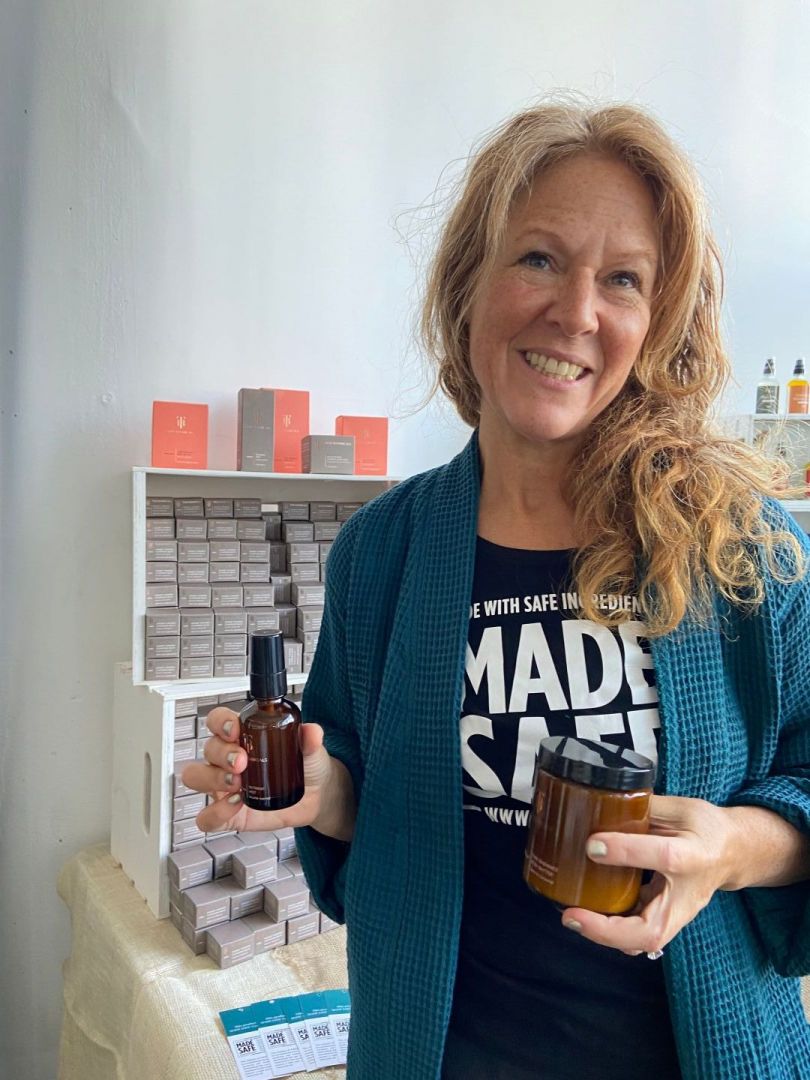

We had the good fortune of connecting with Amy Ziff and we’ve shared our conversation below.
Hi Amy, how has your background shaped the person you are today?
Growing up, when I was 9 years old, I developed migraine headaches and uncontrollable shaking in my hands. I was in 4th grade and it had become hard to hold a pencil. Back then we took a lot of handwritten notes and tests. School was getting increasingly difficult. The headaches were inconvenient and unpredictable. They would take me out of commission for hours and hours while I needed to be in a dark room, barely able to function, alternating between fever and chills until I would heave everything in my body. Then I could sleep off the remainder of the headache. I just wanted to be a normal kid, like all of my peers.
After a series of tests, I was finally given a diagnosis and my Mom told a prognosis. It was Syndenham’s Chorea, a rare and debilitating disease which they said was a chronic, progressive neurological disease. She was told my symptoms would worsen and ultimately I would be put on morphine and die prematurely. She was told to prepare.
My mom refused to believe it and took me from doctor after doctor in search of an alternative. Finally we landed in an allergists office. Together, they saved my life.
The allergist had me keep a food and symptom diary and tracked what I ate and how I felt. Then he tested me for allergens. It turned out, I was extremely allergic to my environment: molds, dust mites, dander, trees, grasses, pollen, my cats, my dog, and my diet.
My body was trying to tell me something. I was really allergic to the world around me. The allergist developed a protocol to remove as many allergens as we could from my environment and give me tinctures to build resistance to the rest. He also put me on a diet to avoid food triggers.
It worked. Within a few weeks the headaches went away and the shaking stopped. Completely.
All these years later I am no longer uncommonly allergic to my surroundings.
What I learned at a young age was that everything we surround ourselves with matters — these are your exposures. No two people have the exact same exposures but they can have a profound, acute or even long-lasting impact on your health and well being. And we are truly powerful when it comes to impacting our own health and developing more resiliency.
Now, I help people find products that won’t harm themselves or the environment. This is particularly hard in a world where synthetic chemicals are ubiquitous.
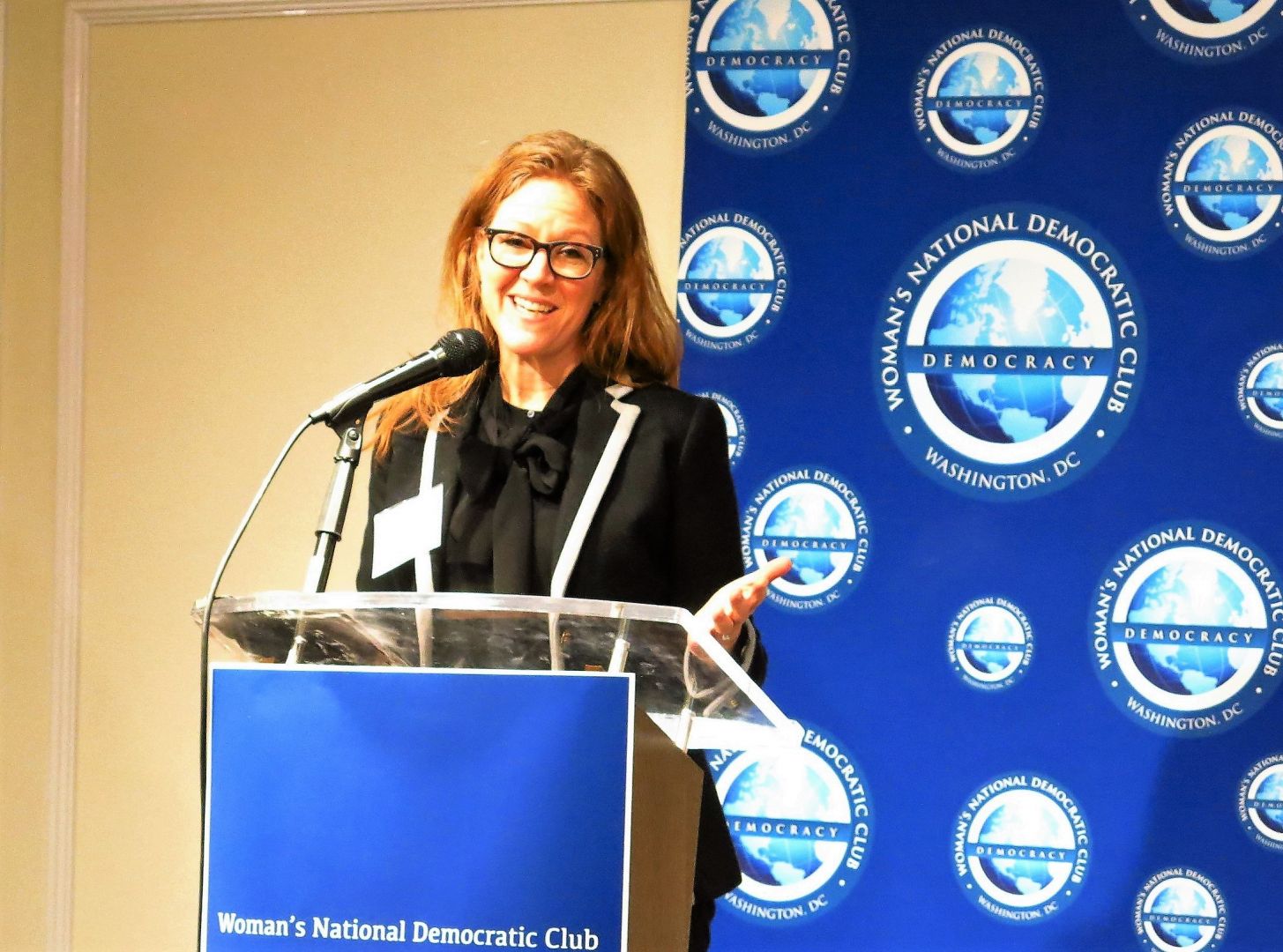
Can you open up a bit about your work and career? We’re big fans and we’d love for our community to learn more about your work.
As the Founder and Executive Director of MADE SAFE, there was no executive training program to prepare me for the job. What I’ve created with an incredible team and set of scientific advisors is the most rigorous health and ecosystem Certification program for products. We prove that it’s possible to make products to use in our daily lives that won’t harm human health OR pollute our air, water, or soil, or harm aquatic or terrestrial life. In so doing we are changing the rules of play for next generation product making and also paving the way for legislation that will make our environment healthier for generations to come.
It’s not always easy to be a trail blazer. We get ahead of pollution problems before they start, and it’s a model that more Companies need to adopt in order to see where their liabilities are, in order to inform them of where they can do better. While that might seem like common sense it is actually incredibly disruptive. And change sounds glamorous but it’s incredibly hard for most companies to achieve.
I use my experience as an entrepreneur to think about new ways to solve problems, even while at a nonprofit. We wanted to create a way of thinking that would make products safe and sustainable for a healthier future for all. While we’ve developed the paradigm, and prove that it works with more than 3,500 products certified, we have a long way to go before there is mass adoption. We need the marketplace to demand better products that won’t harm humans or the environment and legislation that supports companies who achieve the goal so that we can transition faster. Our future literally depends on it.
On the hopeful side, what I’ve learned is that there are so many opportunities to make an impact, so many ways we can change the trajectory for the future and I am hopeful that more brands will take the leap to learn and push themselves to do more to make superior products.
Less product pollution will not only improve our own health but it will improve air, water and soil quality and support a healthier ecosystem overall. That means every species will be better off than they are today. And that will make the environment more resilient.
Resilience is imperative for the predicted climate chaos that is predicted. So this seemingly small effort to improve the way products are made has vast implications for humans around the globe. This work is so much bigger than a single product that we buy and it reminds me constantly of the interconnectedness of the web of life and our unique role as humans on the planet. As well as the serious responsibility we have to care for the earth and all the creatures that inhabit it. We can do so much better than we are today.
I was drawn to this work to improve products for human health but realized that the work is so, so much bigger.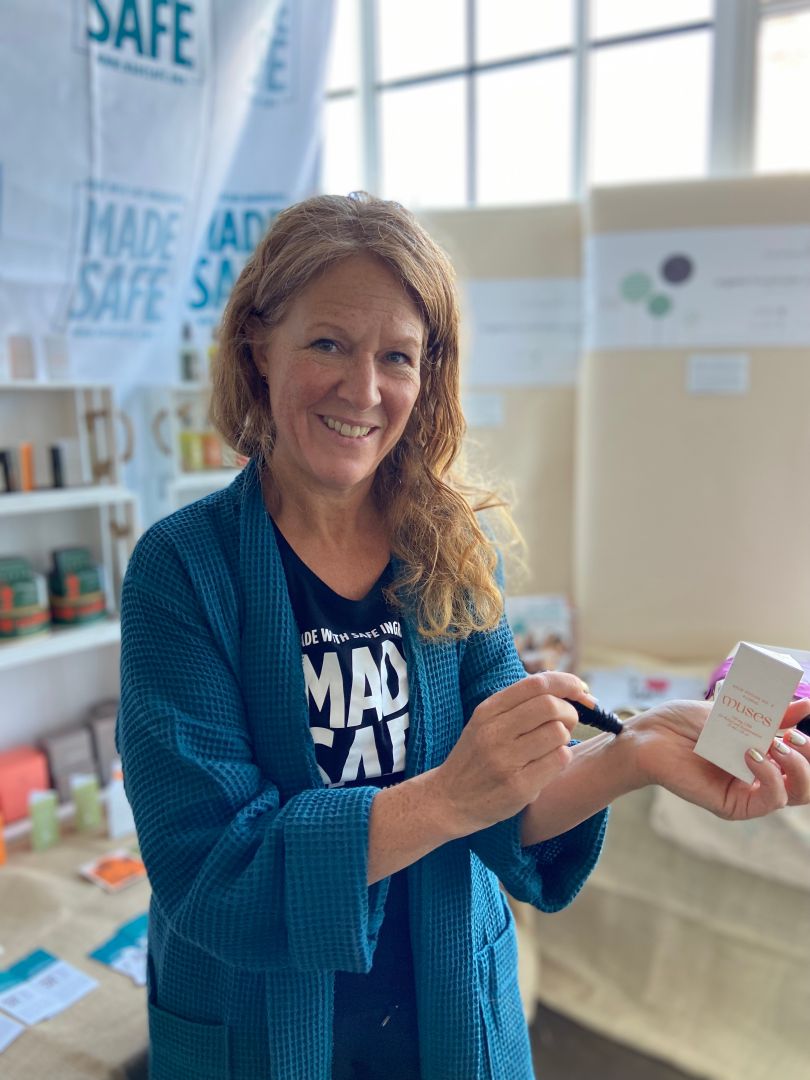
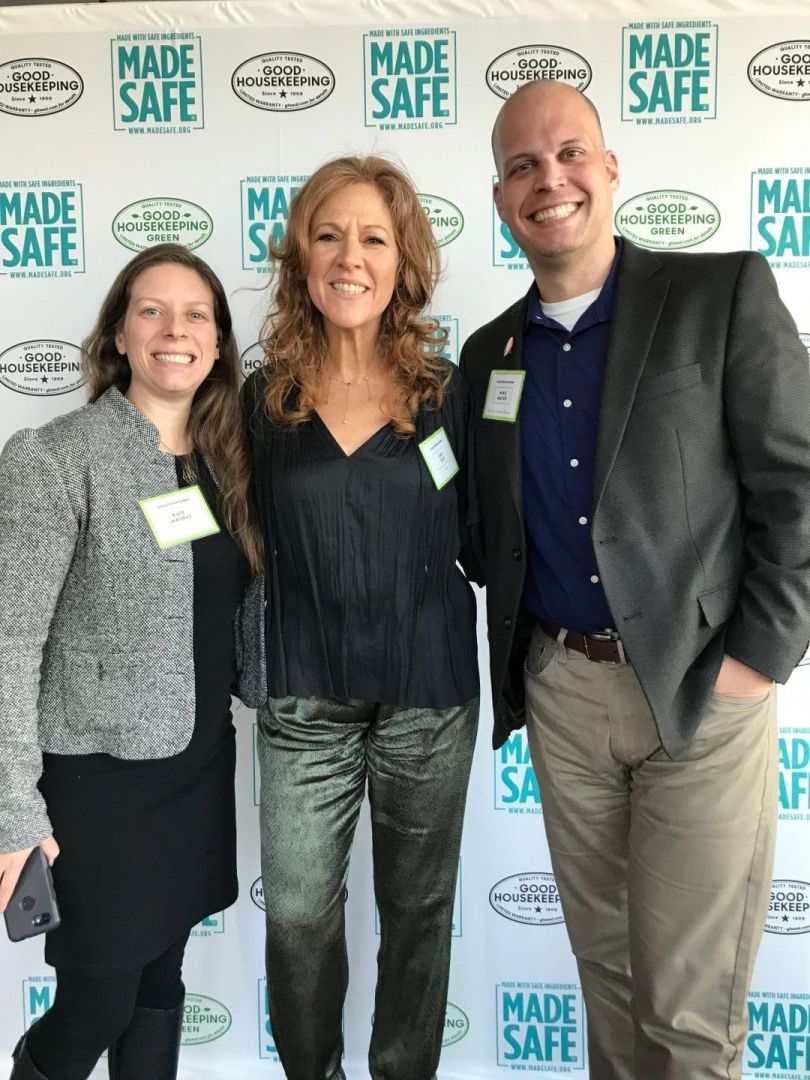
Any places to eat or things to do that you can share with our readers? If they have a friend visiting town, what are some spots they could take them to?
I live outside of New York city in a small village along the Hudson River that serves as a gateway to the Hudson Valley. I would probably start with a tour of Stone Barns and the Rockefeller state park preserve for a gorgeous hike and a meal that is at the forefront of our opportunity to change agriculture in a way that is similar to what MADE SAFE inspires in products. It’s about envisioning a future that is better than the one we have, that prizes compassion, diversity, health and, ultimately, access. Then I would go kayaking in the Hudson and look down the river to the Manhattan skyline and up to the Hudson Valley. The River has come a long way from the worst pollution and it is an incredible story of the power of nature’s resilience… From there I would drive north into the Hudson Valley go to Cold Springs and visit Glynwood Farms, another great place to learn about the importance of creating a healthy and sustainable food system.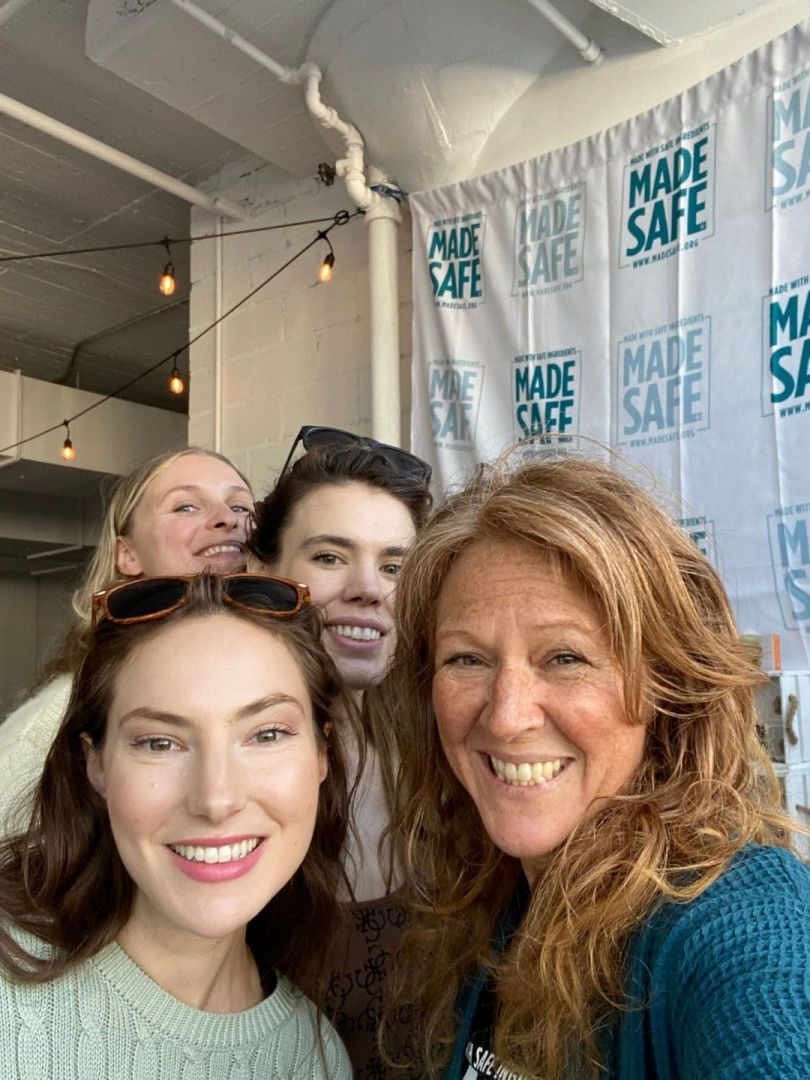
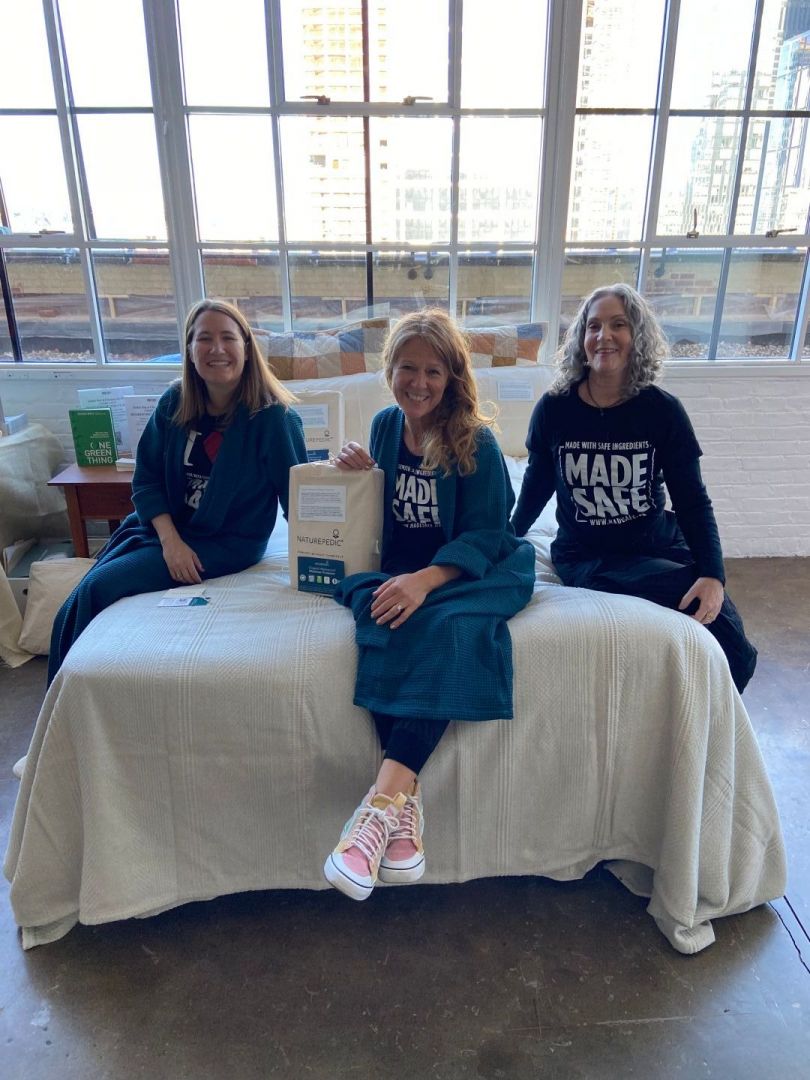
Who else deserves some credit and recognition?
I would love to thank my Mom for refusing to accept what the doctors were telling her and for persevering until she found an alternative path. My Mom fostered creativity and thinking outside of the box. I am so lucky she was in my corner. Thanks Mom!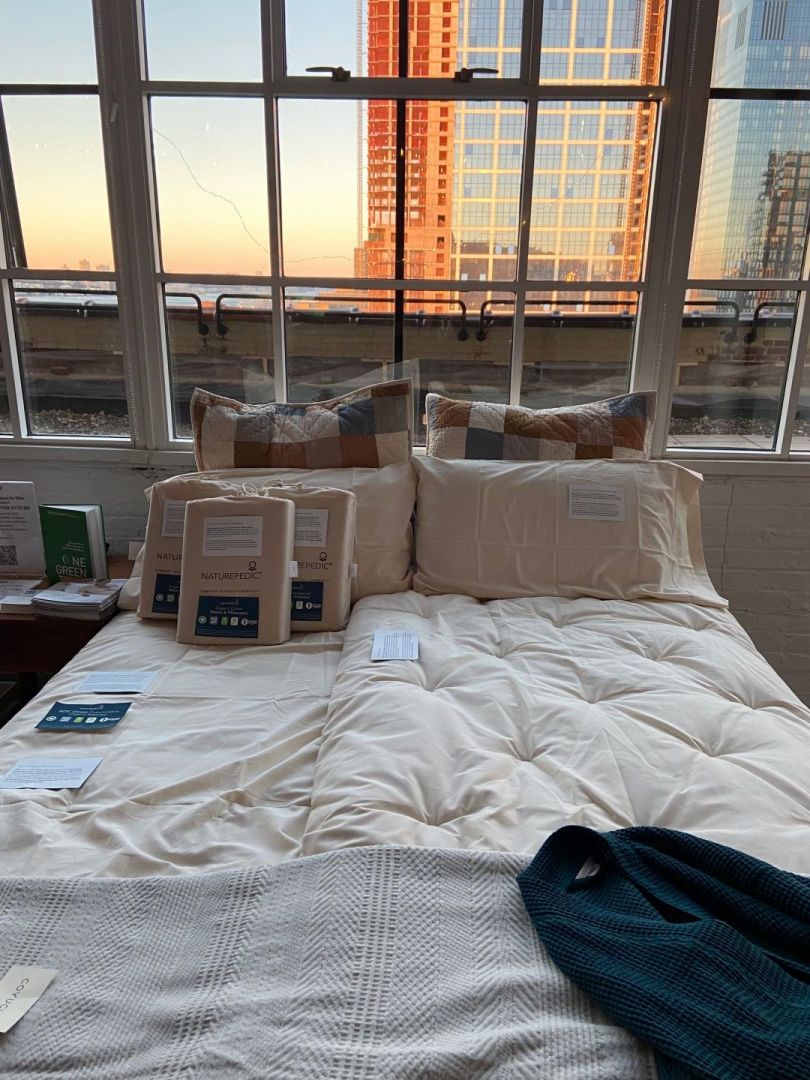
Website: madesafe.org
Instagram: @amy.ziff and @madesafehq
Linkedin: amy ziff and made safe / nontoxic certified
Facebook: facebook.com/amyziff and facebook.com/madesafe
